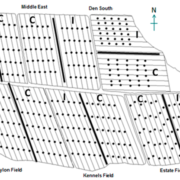
Impact of Conventional and Integrated Management Systems on the Water-Soluble Vitamin Content in Potatoes, Field Beans, and Cereals ($)
Blog, Plant Science Research Weekly, ResearchJ. Agric. Food Chem. Agriculture in the EU is shifting towards a more sustainable use of resources and preservation of the biodiversity. This process requires a careful assessment of the balance between economic and environmental demands. To achieve this goal, the James Hutton Institute set up a long-term…

Review: Medicine Is not Health Care, Food Is Health Care: Plant Metabolic Engineering, Diet and Human Health (OA)
Plant Science Research WeeklyNew Phytol. One of the consequences of the green revolution has been the increasing dependence on few staple crops, which provide calories but often lack the right amount of micronutrients such as vitamins and minerals. The consequences are collectively called “hidden hunger” and concern not only…
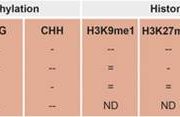
Powering Epigenetics through the 1C Pathway
Plant Physiology, Plant Physiology: News and ViewsBy Lisa Smith and Nathan Butler
Epigenetic modifications in plants repress transposable elements to maintain genome stability and facilitate adaptation to changing environmental conditions by regulating the expression of some genes. Furthermore, conditions such as disease stress can alter the epigenetic…
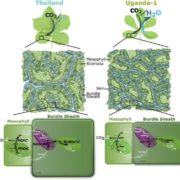
Natural Variation Reveals Interplay between C4 Biology and Water Use Efficiency
Plant Physiology, Plant Physiology: News and ViewsThe year 2016 marked a half-century since the discovery of C4 photosynthesis, yet we still seek to elucidate many of the mechanisms underpinning the C4 cycle. Although C4 and C3 plants share molecular units involved in photosynthesis (Miyao, 2003; Kellogg, 2013), C4 plants have unique morphological traits…
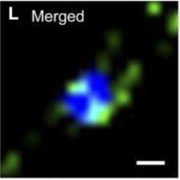
Live-Cell Imaging of Mobile RNAs in Plants
Plant Physiology, Plant Physiology: News and ViewsOne of the most exciting findings in the past few decades is the discovery that individual mRNAs and noncoding RNAs can act as long-distance signaling messengers traveling cell to cell to distant sites in the plant. Numerous examples unveiled the involvement of endogenous RNAs as non-cell-autonomous…
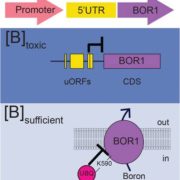
Adjusting Boron Transport by Two-Step Tuning of Levels of the Efflux Transporter BOR1
Plant Physiology, Plant Physiology: News and ViewsBoron is an essential plant micronutrient with the narrowest optimal range in the soil of any micronutrient. At neutral pH, boron is present as uncharged boric acid, B(OH)3, which can freely penetrate membranes. Boron plays an important role in cross-linking cell wall components, but boron starvation…

Data Management 101: Tips for making your published data more Findable, Accessible, Interoperable and Reusable
Blog, Plantae Webinars, Research, Research Skills0 Comments
/
Data Management 101: Tips for making your published data more Findable, Accessible, Interoperable and Reusable
Recorded June 2018
About This Webinar:
The sheer volume of experimental data being generated in biology presents both opportunities and challenges. When data are easy to access, analyze,…
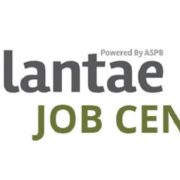
Get Ready for Your New Opportunity - June 13, 2018
Blog, Careers, Careers - Blog
Recent Job Posts:
Postdoc Position, Cornell University, Ithaca, NY, USA
Potato Geneticist, USDA-ARS, Prosser, WA, USA
Research Assistant, Arnold Arboretum of Harvard University, Boston, MA, USA
Postdoctoral Scholar, University of Nevada, Reno, NV, USA
BioCurator, Plant…

Disability in Research: Emily May Armstrong
Blog"I speak so openly about being a disabled woman in science because, well, I’m a disabled woman in science. There’s virtually none of us out there and speaking about it. We are invisible, imaginary, and crossing multiple intersections with very little for it. Disabled people, as a whole, are hidden…

